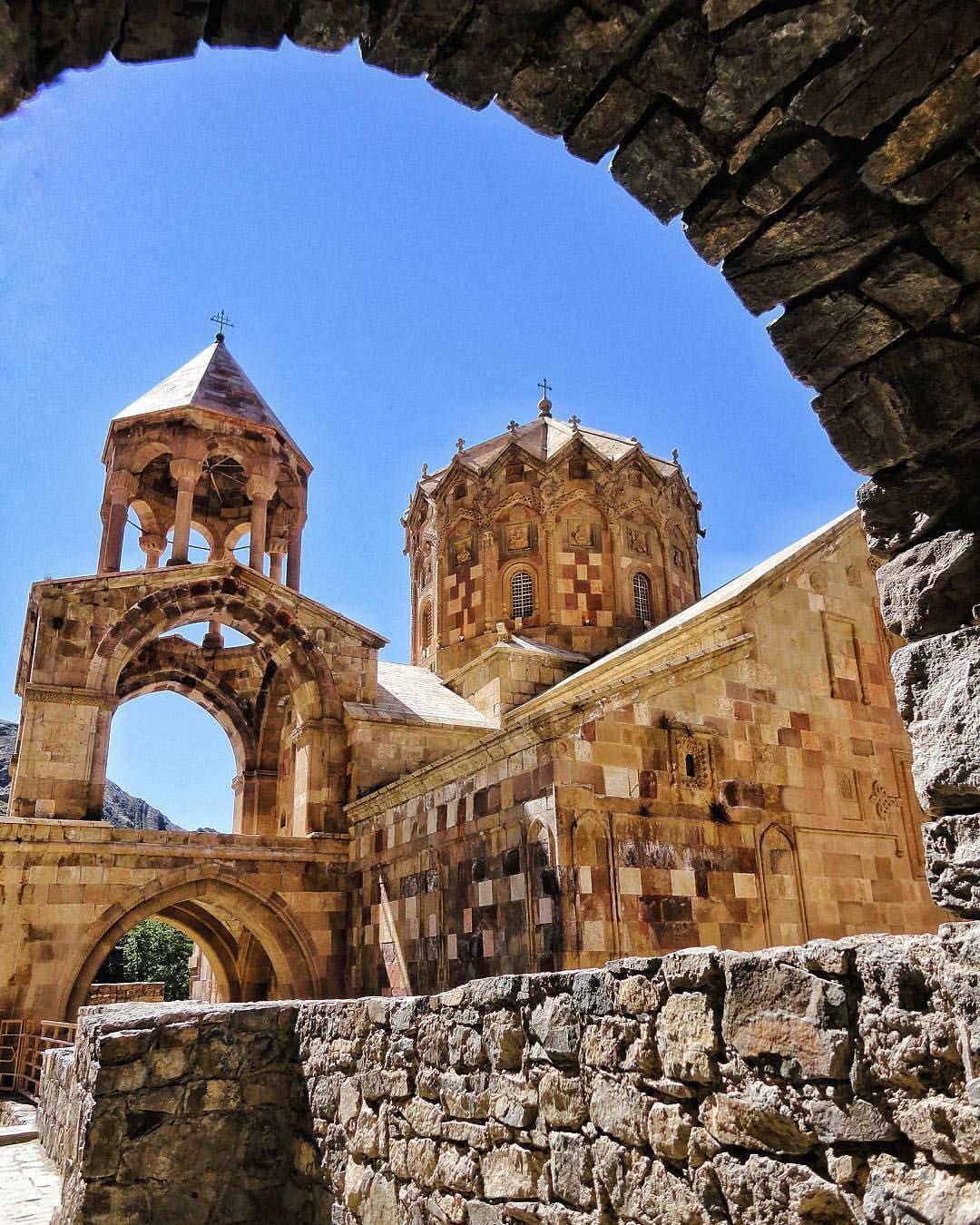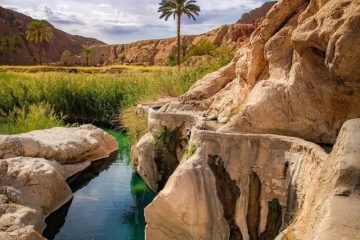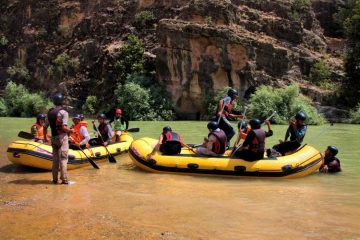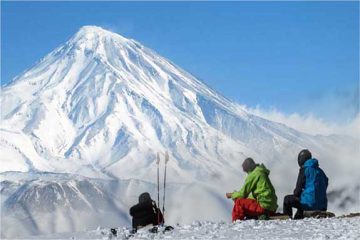12 Days
Duration
Spring, Summer
Dates
Iranian Azerbaijan and Caspian Sea
“North, Northwest Iran.”
12 days / 11 nights
Possessing a rich civilization and culture, unique and distinct architecture, a written history of more than 2,500 years, beautiful nature and attractive landscapes, with a four-season climate linking snow-capped mountains to desert salt lakes, IRAN is an ancient country whose visit is a unique and unforgettable experience.
1
Day 1: ... / Tehran
Arrival in Tehran and reception of the group at IKA airport by SITO Travel guide. Transfer to hotel. Overnight stay in hotel.
2
Day 2: Tehran / Qazvin
After breakfast departure for Qazvin. In Qazvin we visit the great Jame Mosque of the Seljuk period (11th S.), the oldest part of which dates back to the early Islamic era. of the Shah Zadeh Hossein mausoleum, and the Chehel Sotun, a building from the Safavid period, when Qazvin was the capital for a time. The building currently houses an extraordinary exhibition of Persian calligraphy. Visit to the Bazaar with enchanting Saraye Sa’do Saltaneh. Overnight stay in Hotel.
3
Day 3: Qazvin / Massouleh (230 km.)
Breakfast. Departure for Massouleh, a terraced village at the foot of the Alborz mountain range. The village surrounded by abundant vegetation is one of the best examples of traditional Iranian organic architecture, with harmony between human habitation and the “natural” world, a UNESCO World Heritage Site. Overnight in Hotel.
4
Day 4: Massouleh / Ardebil (266 km.)
Breakfast. Depart for Ardabil via Anzali lagoon is an expanse of water separated from the Caspian Sea by a strip of land near the town of Bandar-e Anzali.
Arrive in Ardebil, the city of the Sufis, the cradle of the 16th-century Safavid dynasty ,we will visit the mausoleum of Sheikh Safi, the founder of the future dynasty, a follower of the Sufi doctrine ,Qandil Khaneh one of the buildings in the complex built in the 15th century by Shah Tahmasb and its main use was for prayer and rituals and Chinikhaneh or the Museum of porcelain objects. Overnight stay in Hotel.
5
Day 5: Ardebil / Meshgin Shahr / Kaleybar (230 km.)
Breakfast. Depart for Kaleybar, on the way we will make a stop at the Meshginshahr suspension bridge spans the Khiav River. It is the largest suspension bridge in the Middle East with a height of 80 meters and a length of 365 meters. We continue the journey to visit the imposing Babak Fortress, named after its owner, Babak Khorramdin, is a fortified complex that grew up in the early 9th century (if time and schedule permits). The castle has been identified as the refuge of Babak Khorramdin who fought in Azerbaijan against the Abbasid Caliphate in the late 8th and early 9th centuries. As such, the castle has become a symbol of Iranian nationalism. Overnight at Hotel.
6
Day 6: Kaleibar / Jolfa (239 km.)
After breakfast depart for the free area of Jolfa, visit the Caravanserai, the enchanting Asiab Waterfalls, the recently renovated Hammam and part of the Kordasht complex built by Abbas Mirza during the second war with Russia in 1882. All of these sites are located in the beautiful valley where the Aras River flows, which forms the border with Azarbaijan, Nakhichevan and Armenia, in an enchanting landscape. Overnight in Hotel.
7
Day 7: Jolfa / Khoy / Tabriz (135 km.)
Breakfast. The day dedicated to discovering the Armenian monastic complexes of Iran, a UNESCO World Heritage Site, are outstanding examples of universal value of Armenian architectural and decorative traditions. They bear witness to very important interchanges with other regional cultures, particularly Byzantine, Orthodox and Persian. visit to the Monastery of St Thaddeus Nicknamed the Black Church dating back to the 1st century. Continue with a visit to the Armenian Monastery of St Stephen dating back to the 1300s. Arrival in Tabriz. Overnight stay in hotel.
8
Day 8: Tabriz
Breakfast ,Tour of the provincial capital of Azerbaijan: visit to the Azerbaijan Archaeological Museum, the Bazaar, with its approximately 35 kilometers of covered routes, and the Blue Mosque. Visit and dinner at Shah-Goli Garden with traditional dishes of the region. Among the most famous is Koofteh-Tabrizi, a finely minced meatball stuffed with finely browned nuts, red seeds, plums and onions. Overnight at Hotel.
9
Day 9: Tabriz/ Kandovan/Maragheh (200 km.)
Breakfast. Depart for Maragheh with a visit to the village of Kandovan, located in a beautiful valley of Mount Sahand with a picturesque landscape famous for its houses carved out of volcanic rock. These houses still inhabited today, we continue journey to Maragheh The town rises in a valley and is surrounded by white hills, is known to have been the first Mongol capital under Hulaku Khan. It is here that in the 13th century the Mongols built the famous Domed Observatory,in addition we visit the tower tomb of Gonbad-e- Sorkh and the tomb of Gonbad-e-Kabud. Overnight at Hotel.
10
Day 10: Maragheh / Takht-e Soleyman (250 km.)
After breakfast depart for Takht-e-Soleiman, a UNESCO World Heritage Site, where you can visit the remains of an ancient fire temple and the entrance to Soleiman`s palace with a large iwan of clear Sassanid origin. Nearby is the crater of an extinct volcano, now turned into a lake, which may have been the source of Zoroastrian fire. one of the most important sites in the province of Azerbaijan; containing buildings belonging to the Achaemenid, Parthian, Sasanian and Islamic periods. Overnight stay in the nearby ecological village.
11
Day 11: Takht-e Soleyman / Zanjan (150 km.)
After breakfast, we depart for Zanjan by crossing the mountainous and scenic road between Takhte Soleiman and Zanjan. Once we reach our destination we will visit the Bazaar complex and the Salty Men Museum, visit the old laundry (the washhouse) and now the Zanjan Anthropological Museum.
Overnight stay at the hotel.
12
Day 12: Zanjan / Sultaniyeh / Tehran Airport (360 km.)
Transfer to IKA International Airport for your flight back to destination country. En route to Sultaniyeh, a UNESCO World Heritage Site, visit the mausoleum of Sultan Olgiaito. Plundered and shaken by earthquakes, the mausoleum has partially fallen into disrepair but is currently being restored. Its extraordinary structure, delicate colors, and especially its dome are to be considered one of the great architectural wonders of the world. Octagonal in plan, the walls are over 6 meters thick at the base; the building ends with an egg-shaped dome about 50 meters high. From each of the building`s 8 sides rise minarets once covered with turquoise ceramics. The proportions and grandeur of the mausoleum cannot fail to arouse the admiration of the layman and the amazement of the experts.






Tour Reviews
There are no reviews yet.
Leave a Review